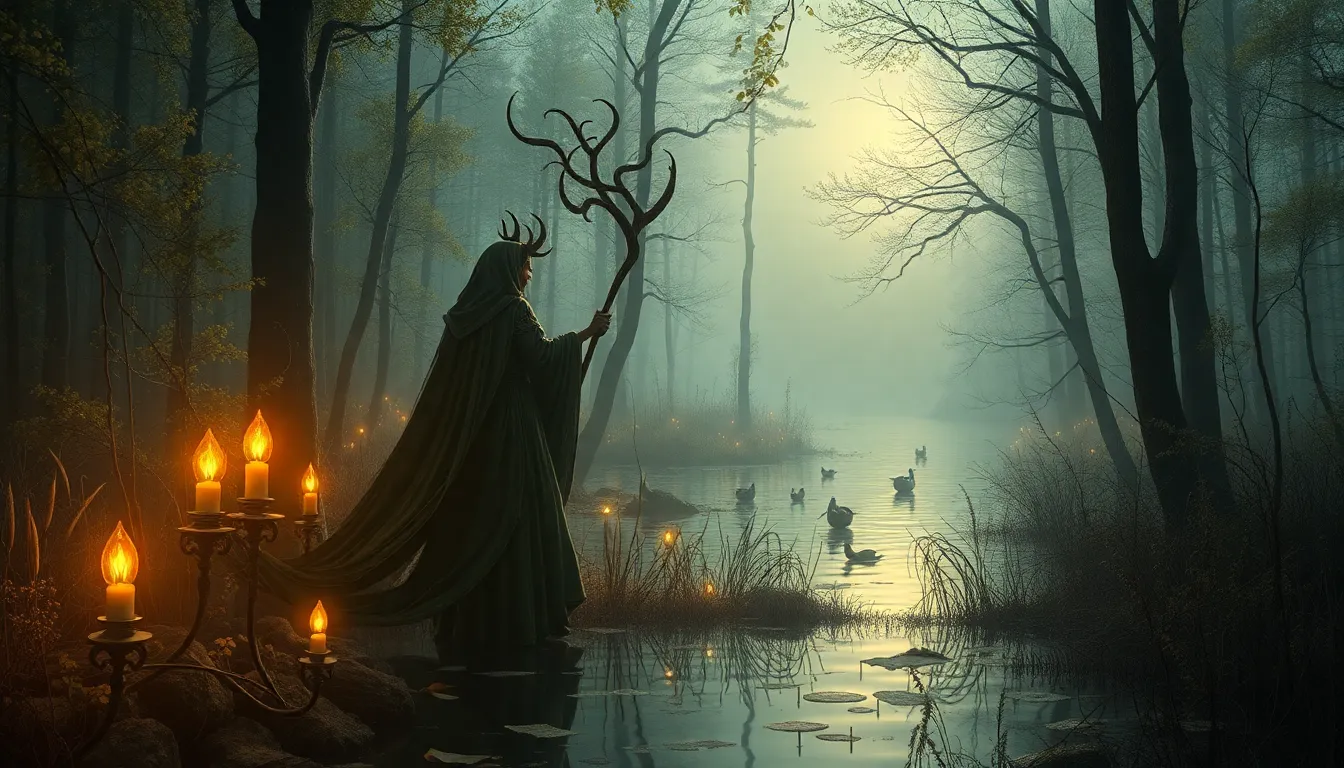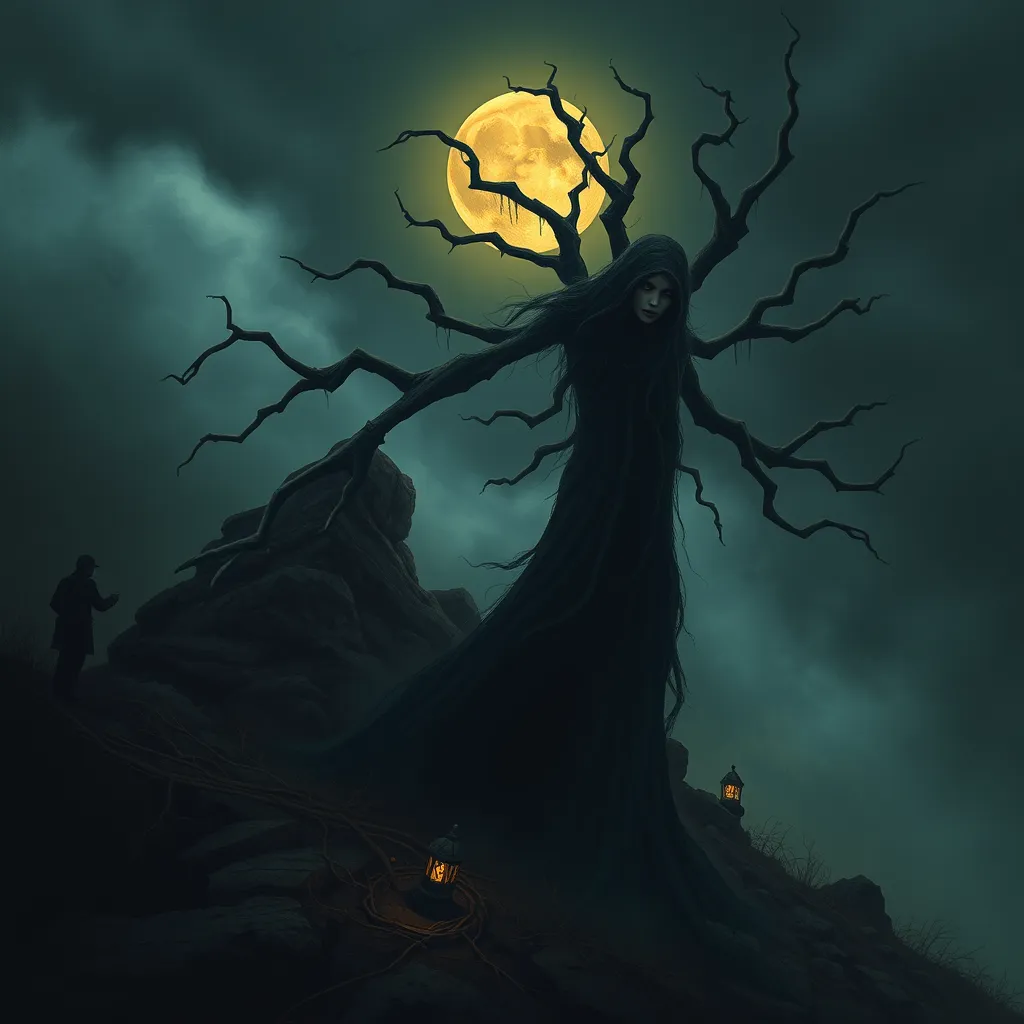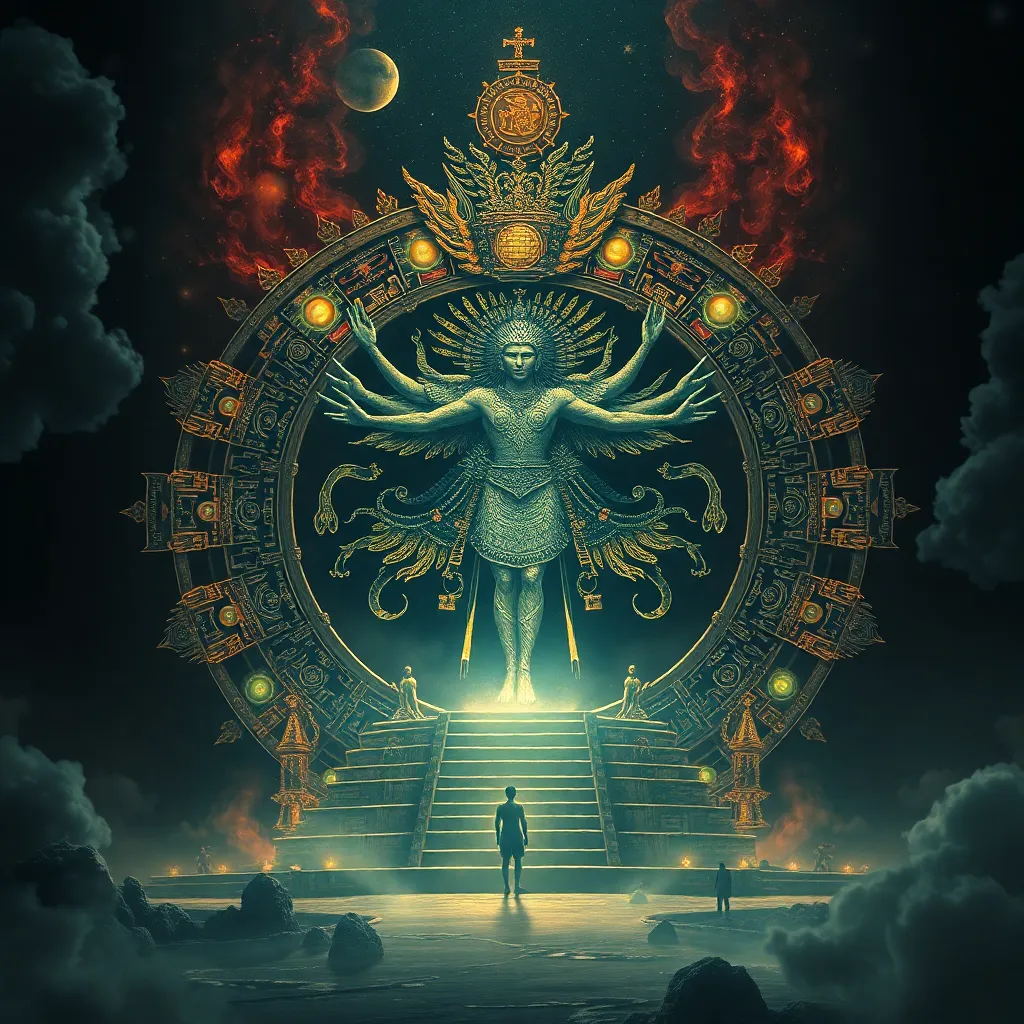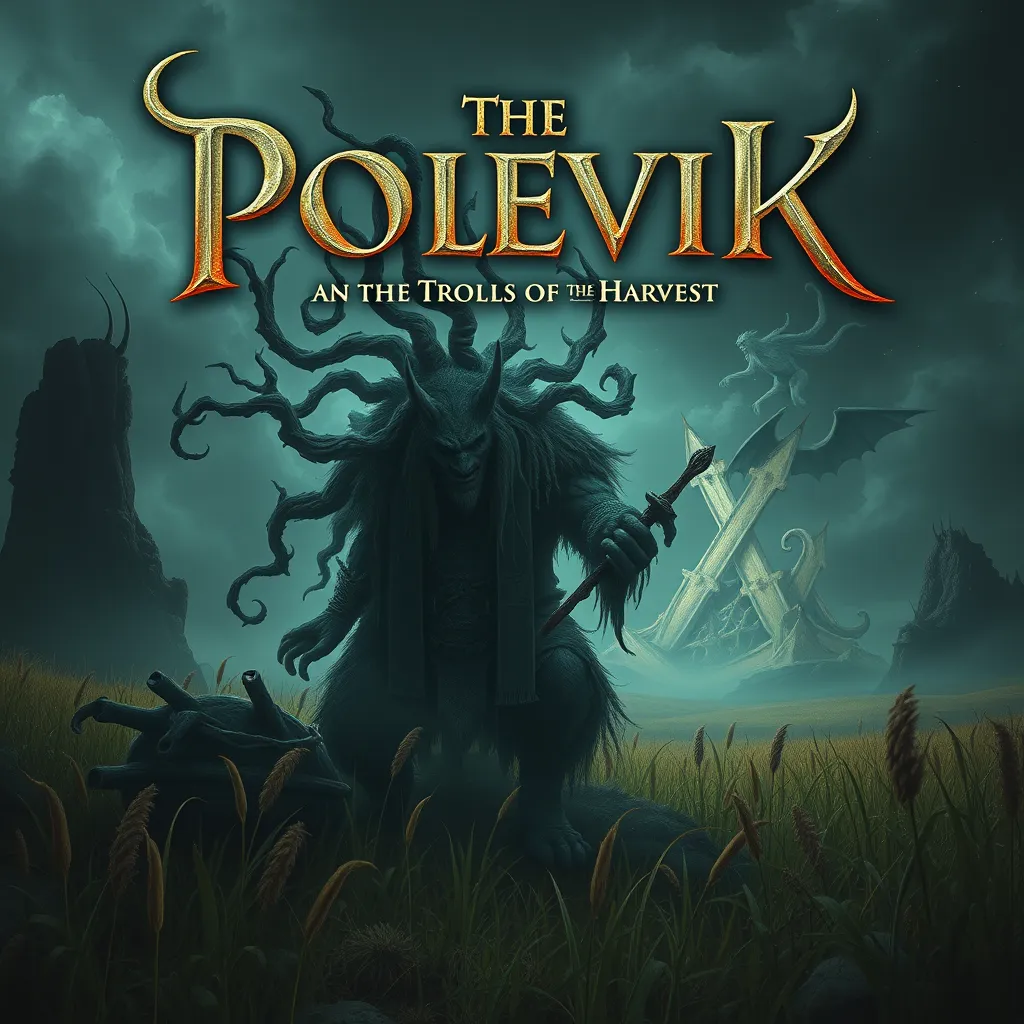The Spirit of the Harvest: Exploring the Lore of the Slavic Rusalka
I. Introduction
Slavic mythology is a rich tapestry of beliefs, narratives, and cultural practices that reflect the values and experiences of various Slavic peoples. Central to this mythology is the figure of the Rusalka, a spirit often associated with water, fertility, and the natural world. The Rusalka holds a significant place in the cultural traditions of Slavic nations, embodying both beauty and danger, as well as the complexities of human emotions and relationships.
The purpose of this article is to explore the lore and symbolism of the Rusalka, delving into its origins, connections to nature, representation in folklore, and its modern cultural significance.
II. Understanding the Rusalka: Origins and Evolution
A. Historical context of the Rusalka in Slavic folklore
The Rusalka originated in ancient Slavic beliefs, where it was often perceived as a water spirit or a spirit of the drowned. Historically, the Rusalka is thought to be connected to the souls of young women who died tragically, particularly those who perished in water or during childbirth.
B. Variations in the Rusalka narrative across different Slavic cultures
The narrative of the Rusalka varies widely across different Slavic cultures. For example:
- In Russian folklore, the Rusalka is often depicted as a beautiful maiden who lures men to their demise.
- In Ukrainian traditions, she is seen more as a benevolent spirit, associated with fertility and the growth of crops.
- In Polish folklore, the Rusalka can be both a nurturing figure and a vengeful spirit, reflecting the duality of nature.
C. The transition from ancient beliefs to modern interpretations
Over time, the Rusalka has evolved from a fearsome spirit into a more complex figure that reflects contemporary issues such as gender roles and environmental concerns. Modern interpretations often emphasize her connection to nature and the cyclical aspects of life and death.
III. The Rusalka’s Connection to Nature and the Harvest
A. Symbolism of water and fertility in Rusalka lore
Water is a central theme in Rusalka lore, symbolizing life, fertility, and renewal. The Rusalka is often depicted as a guardian of rivers and lakes, embodying the life-giving properties of water. Her presence is a reminder of the interconnectedness of all living things and the importance of respecting natural resources.
B. The Rusalka as a guardian of the harvest and agricultural cycles
The Rusalka is closely linked to agricultural cycles, serving as a protector of crops and a symbol of fertility. In many traditions, she is invoked during the planting and harvesting seasons, believed to bless the fields and ensure a bountiful yield.
C. Rituals and practices to honor the Rusalka during harvest time
Various rituals have developed around the Rusalka, particularly during harvest time. These may include:
- Offering flowers or bread to bodies of water as a gesture of gratitude.
- Participating in folk dances and songs that celebrate the harvest and acknowledge the Rusalka’s role.
- Creating altars or shrines near water sources to honor her presence.
IV. The Rusalka in Folktales and Legends
A. Notable stories featuring the Rusalka
Many folktales feature the Rusalka, illustrating her dual nature. One notable story tells of a young man who falls in love with a Rusalka. Despite her enchanting beauty, he learns that her love is fraught with danger and ultimately leads to tragic consequences.
B. Themes of love, loss, and transformation in Rusalka tales
The tales of the Rusalka often explore profound themes:
- Love that transcends death
- The consequences of forbidden desires
- Transformation and the cyclical nature of life
C. The Rusalka as a figure of both beauty and danger
The allure of the Rusalka is undeniable, yet her tales often serve as cautionary narratives. She embodies both the beauty of nature and its potential dangers, reminding humanity of the need to respect and understand the natural world.
V. The Rusalka’s Representation in Art and Literature
A. Depictions of the Rusalka in traditional Slavic art
Throughout history, traditional Slavic art has depicted the Rusalka in various forms, often showcasing her ethereal beauty and connection to water. Artists portray her with long flowing hair, surrounded by flowers and aquatic elements, capturing her enchanting presence.
B. Influence of Rusalka lore on contemporary literature and media
The Rusalka has influenced contemporary literature, inspiring authors and filmmakers to explore themes of nature, femininity, and the supernatural. Her character often serves as a metaphor for the struggles of women against societal constraints.
C. Analysis of key works inspired by the Rusalka myth
Notable modern works that draw upon Rusalka lore include:
- The opera “Rusalka” by Antonín Dvořák, which explores themes of love and sacrifice.
- Literary adaptations that reimagine the Rusalka’s story in modern contexts.
- Visual art that critiques environmental issues through the lens of Rusalka mythology.
VI. The Rusalka and Modern Cultural Significance
A. The resurgence of interest in Slavic folklore
In recent years, there has been a revival of interest in Slavic folklore, with the Rusalka at the forefront. This resurgence reflects a broader cultural movement to reconnect with traditional narratives and values.
B. The Rusalka as a symbol in contemporary environmental movements
The Rusalka has become a symbol for environmental awareness, representing the delicate balance between humanity and nature. Activists draw upon her image to highlight the importance of preserving water bodies and respecting natural ecosystems.
C. Festivals and events celebrating Rusalka traditions today
Many regions celebrate festivals dedicated to the Rusalka, where communities gather to honor her through:
- Traditional music and dance
- Rituals that reflect agricultural practices
- Art exhibitions focusing on Rusalka themes
VII. Comparative Mythology: The Rusalka and Similar Spirits Worldwide
A. Exploration of analogous water spirits in other cultures
Water spirits similar to the Rusalka can be found in various cultures around the world. For example, the mermaids of European folklore and the naiads of Greek mythology share themes of beauty and danger associated with water.
B. Comparative analysis of the Rusalka with mermaids and nymphs
While mermaids and nymphs embody similar characteristics of allure, the Rusalka often possesses a more complex narrative that incorporates themes of tragedy and transformation, reflecting local cultural contexts.
C. The universal themes of femininity and nature in spirit lore
Across cultures, water spirits often symbolize femininity, fertility, and the nurturing aspects of nature. The Rusalka, like other spirits, serves as a reminder of the vital connection between women and the natural world.
VIII. Conclusion
In summary, the Rusalka occupies a significant role in Slavic culture and mythology, representing the interplay between beauty, danger, and the natural world. Her enduring legacy continues to resonate in modern society, inspiring cultural expressions and environmental movements alike.
As we reflect on the importance of preserving folklore traditions, the Rusalka stands as a testament to the rich heritage of Slavic mythology and its relevance in contemporary discussions about nature, femininity, and cultural identity.



